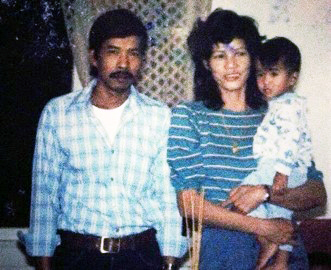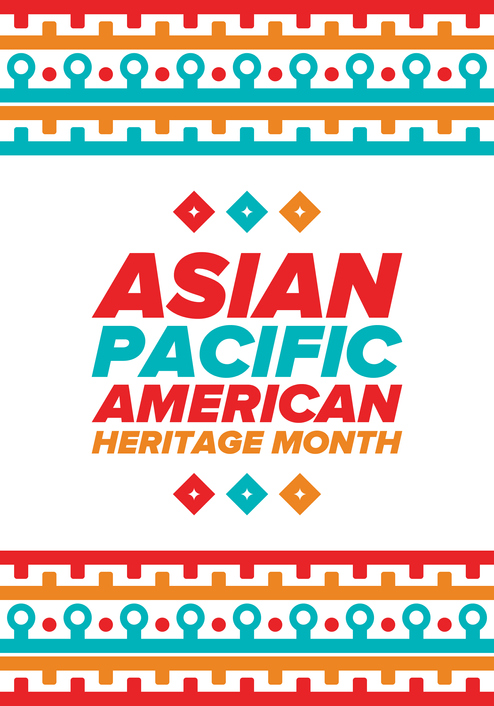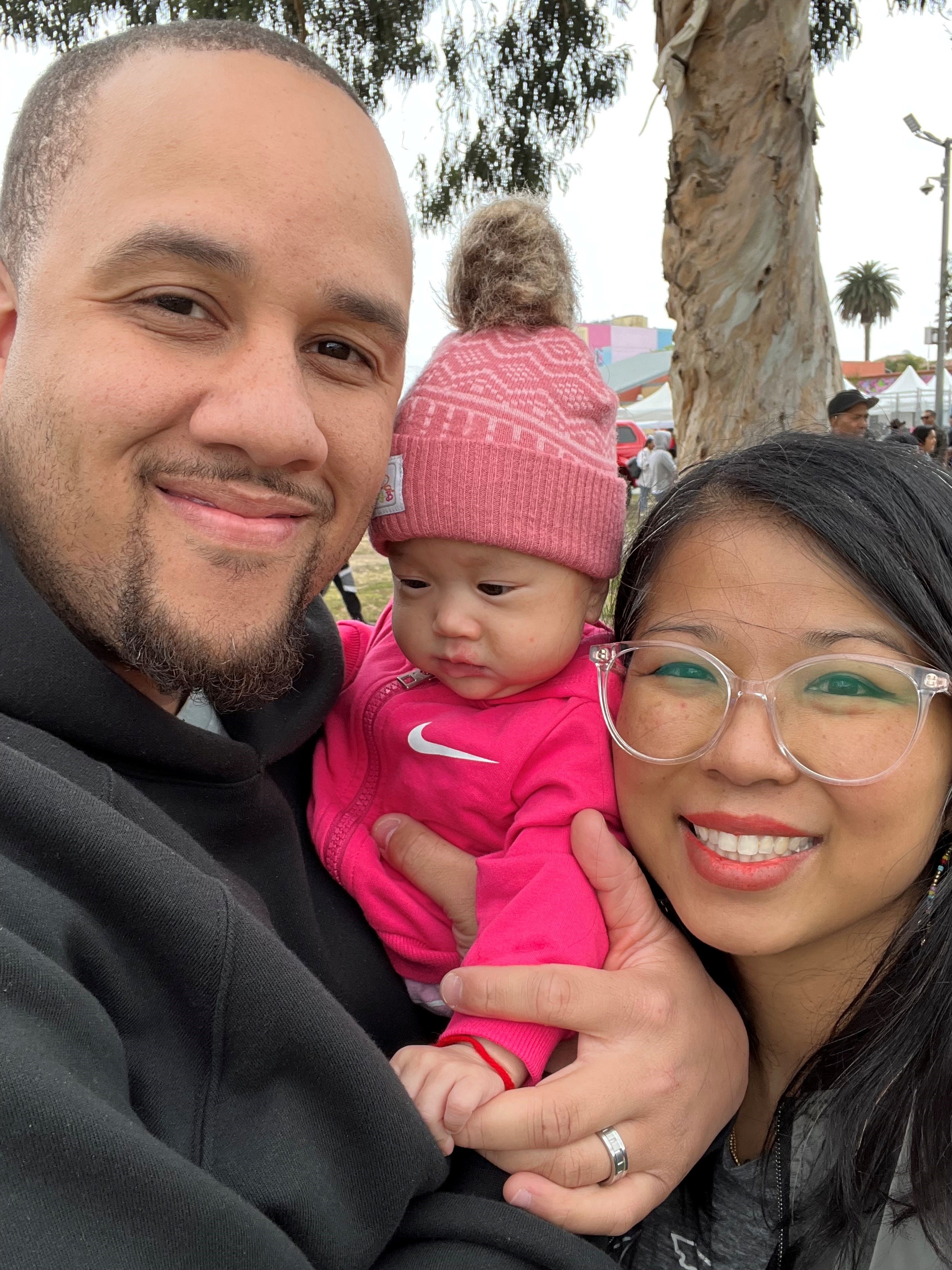Personal Reflections during APA Heritage Month
When we meet new people, we often ask questions to get to know one another, such as, “What do you do?” and “Where are you from?” Some people also ask me, “What are you?”
I am woman, a mom, a life partner, a daughter and a sister. I am human! But when I’m asked this question, it is typically meant to inquire about my cultural heritage or ethnicity.
My ethnicity is Cambodian, Vietnamese and Chinese. My race is Asian. I am Asian American.
My Family’s Asian American Experience

My parents survived the Cambodian genocide that took place in the 1970s. They fled war-torn Southeast Asia in 1983, arriving in the U.S. as refugees. Not long after, I was born. In the early 1990s, my family moved to Long Beach, California, which has the largest Cambodian population in the world outside Cambodia.
I watched my parents struggle to understand U.S. culture, find employment, learn English and navigate social services. Growing up, I experienced stereotyping typical of Asian Americans, such as assumptions that I was Chinese, that all Asians are Chinese, that I was good at math and exceptionally smart, that I was a foreigner, that I was obedient and soft-spoken. I didn’t fully understand the impact of these stereotypes and biases until I became an adult.
Asian American History and Today
The term “Asian American” was embraced by activists in the 1960s as an alternative to the term “Oriental” and its variations born out of Western imperialism, which justified the subjugation and exploitation of non-Western people, their land and their resources. Activists chose the term “Asian American” as a rejection of “Oriental” and the negative associations around it.
continued
Following the 1965 lift of restrictions on AAPI immigration in the U.S., the population has grown and diversified. AAPI is projected to be the largest immigrant group by 2050 and is the most diverse racial group in the country. In 2019, Pew Research identified Chinese, Indian, Filipino, Vietnamese and Korean as the largest ethnic groups within the AAPI community.
There are radically different histories, experiences and oppressions across the Asian American diaspora. Yet often, they are lumped together as one ambiguous “other,” creating a mono-dimensional culture without regard to intersections such as class, immigration status, language, gender, sexuality, ability, religion or other social identities. For example, members of the AAPI community have been labeled the "model minority" for their socio-economic and educational success relative to other racial and immigrant groups. This term is racist to AAPI people and to other communities of color, as it generalizes AAPI people as the model of the American success story.
More recently, Anti-Asian hate surged during the COVID-19 pandemic, often due to false rhetoric that scapegoats the AAPI community by referring to the virus as the “China Virus” and “Kung Flu.” Since March 2020, there have been over 11,000 reports of anti-Asian verbal harassment, violence and murder, and AAPI-targeted hate crimes have increased compared to previous years despite overall hate crimes decreasing during the pandemic. Two-thirds of crimes against AAPIs are committed against women, demonstrating the intersection of misogyny and racism.
On May 12, 2021, the Y’s Asian Pacific Islander Leadership Network hosted a virtual town hall to help Y staff unlearn systemic racism and hold brave spaces for dialogue and healing, specifically around the increased violence against the AAPI community. Listen to recordings from the speakers and access additional resources here.
Being an ally is the action of utilizing your privilege to close societal gaps to achieve equity. An ally commits to recognizing their own privilege and to removing barriers in solidarity with marginalized groups.
Call to Action
Call to Action
May is Asian Pacific American Heritage Month, a time to recognize and celebrate AAPI culture and contributions in the U.S. This month is a reminder not only to be an ally but to practice allyship, not with just the AAPI community, but with all marginalized communities. Being an ally is the action of utilizing your privilege to close societal gaps to achieve equity. An ally commits to recognizing their own privilege and to removing barriers in solidarity with marginalized groups.
As allies, we need to stand up and speak out for equity and justice. This is an urgent community need, and the Y always has responded to urgent community needs. This Asian Pacific American Heritage Month, I encourage you to commit to understanding social issues impacting AAPI communities. Take the time to see people — to see the individual for who they are and for the experiences they bring.
I hope that the next time I meet someone new, instead of “What are you?” they’ll ask, “Who are you?”
I am Trang.
I am she, her, hers.
I am a life-long learner.
I am a mother to a mixed-race daughter.
I am a daughter of refugees.
I am a life partner.
I am an advocate.
I am an ally.
I am a DISRUPTOR.
I am Cambodian, Vietnamese, Chinese American.


